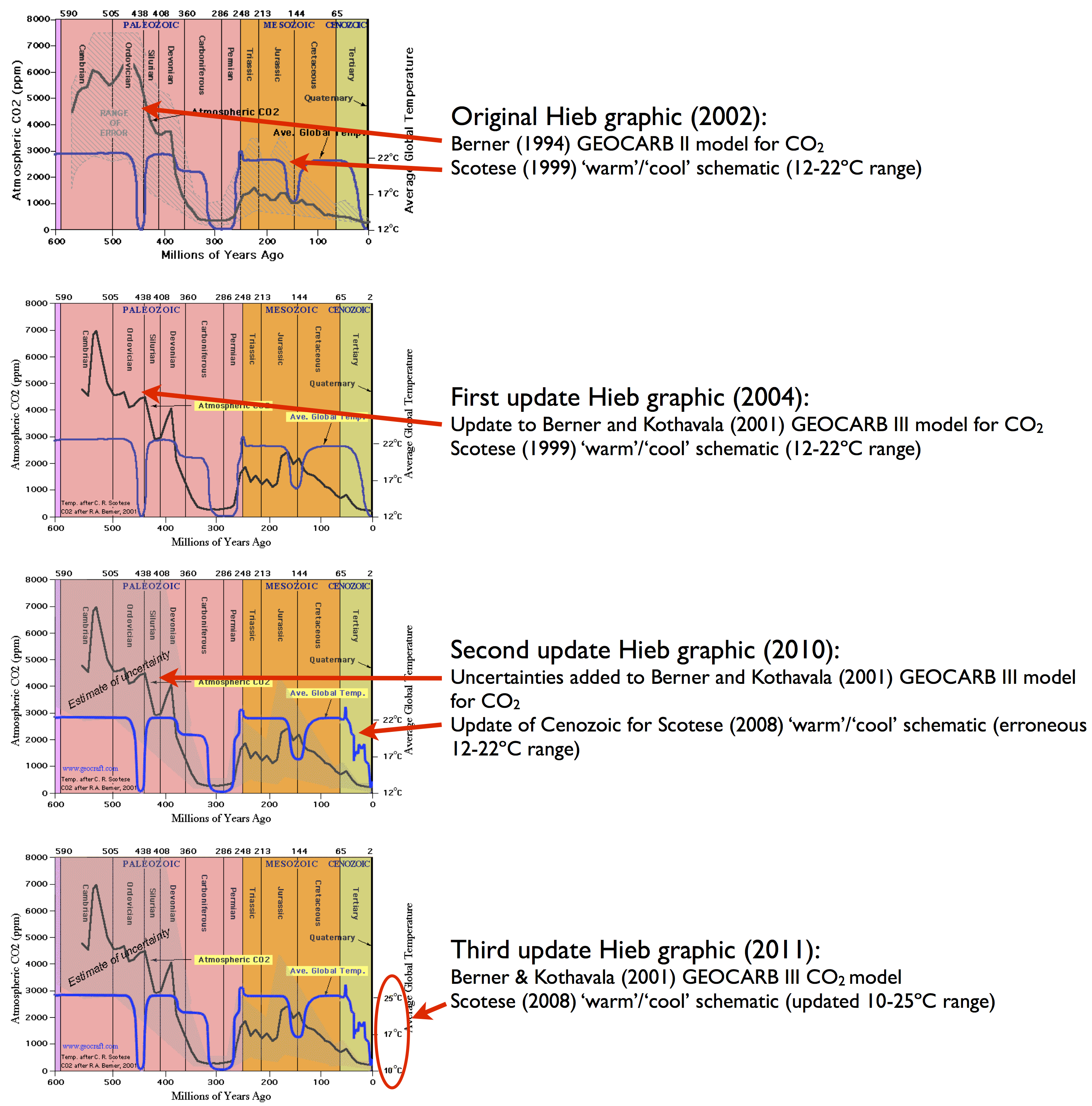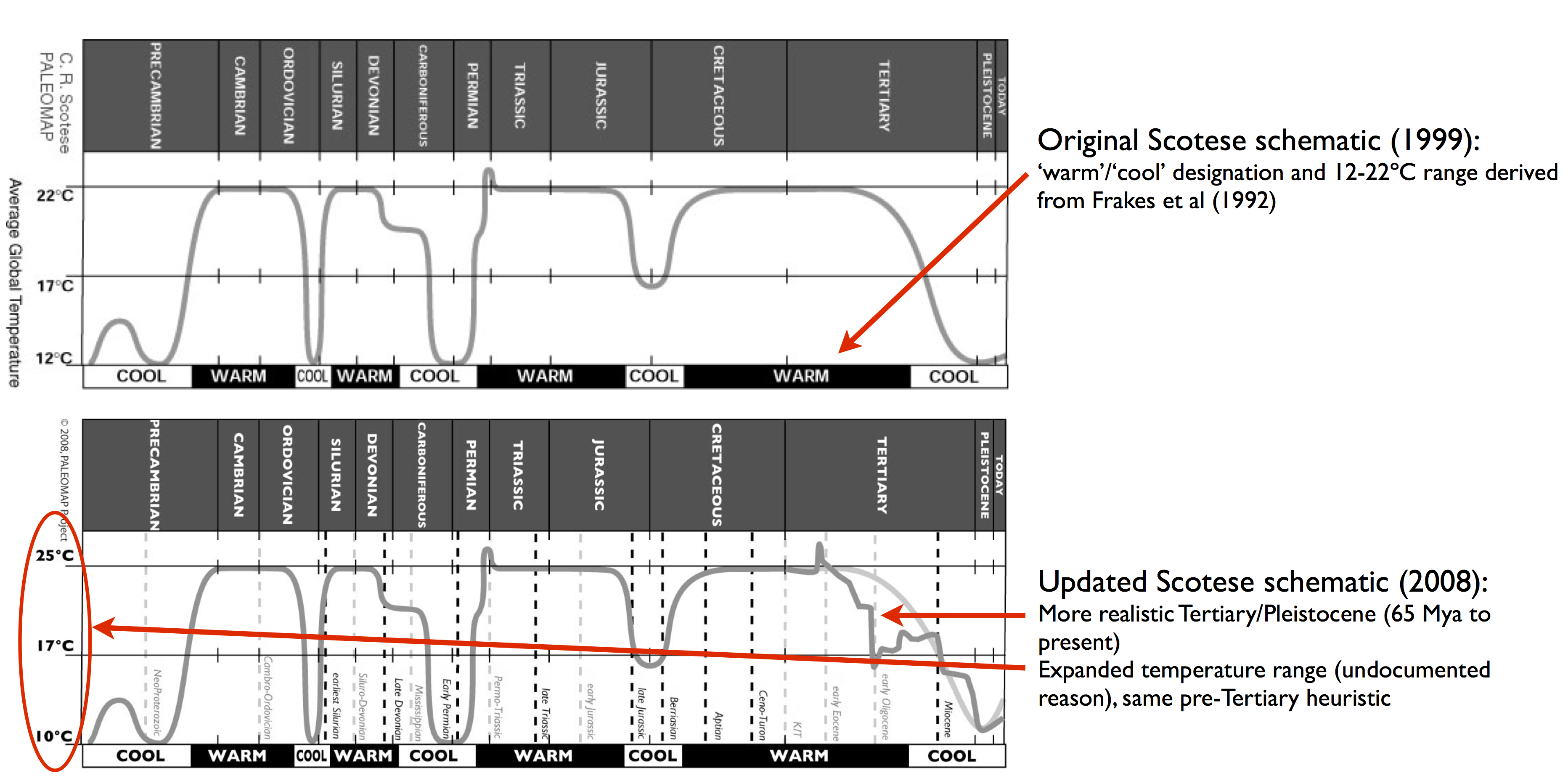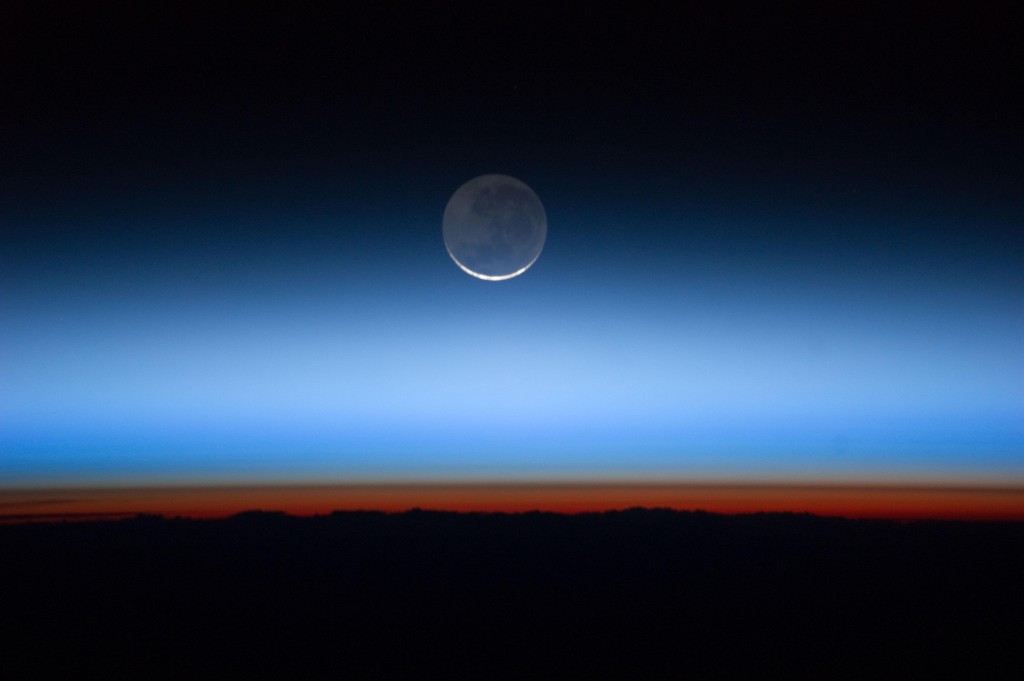Hic Svnt Leones
Madmaxista
- Desde
- 15 Abr 2017
- Mensajes
- 27.654
- Reputación
- 68.199
Menos aún causalidad.

Follow along with the video below to see how to install our site as a web app on your home screen.
Nota: This feature may not be available in some browsers.
¿Qué fuente tienen estos datos?Menos aún causalidad.

¿Qué fuente tienen estos datos?

Bad graphsMenos aún causalidad.



Bad graphs
One of the most common fallacies in climate is the notion that, because the climate was hotter than now in the Eocene or Cretaceous or Devonian periods, we should have no concern for current global warming. Often this is combined with an implication that mainstream scientists are somehow unaware of these warmer periods (despite many of us having writtenmultiple papers on previous warm climates). This is fallacious on multiple grounds, not least because everyone (including IPCC) has been discussing these periods for ages. Additionally, we know that sea levels during those peak warm periods were some 80 meters higher than today, and that impacts of the current global warming are going to be felt by societies and existing ecosystems that are adapted for Holocene climates – not climates 100 million years ago.
In making this point the most common graph that gets used is one originally put online by “Monte Hieb” on this website. Over the years, the graphic has changed slightly
(versions courtesy of the wayback machine), but the essential points have remained the same. The ‘temperature’ record is a hand-drawn schematic derived from the work of Chris Scotese, and the CO2 graph is from a model that uses tectonic and chemical weathering histories to estimate CO2 levels (Berner 1994; Berner and Kothavala, 2001). In neither case is there an abundance of measured data.
The original Scotese renderings are also available (again, earlier versions via the wayback machine):
Scotese is an expert in reconstructions of continental positions through time and in creating his ‘temperature reconstruction’ he is basically amowing an old-fashioned idea (best exemplified by Frakes et al’s 1992 textbook) that the planet has two long-term stable equilibria (‘warm’ or ‘cool’) which it has oscillated between over geologic history. This kind of heuristic reconstruction comes from the qualitative geological record which gives indications of glaciations and hothouses, but is not really adequate for quantitative reconstructions of global miccionan temperatures. Over the last few decades, much better geochemical proxy compilations with better dating have appeared (for instance, Royer et al (2004)) and the idea that there are only two long-term climate states has long fallen by the wayside.
However, since this graphic has long been a favorite of the climate dismissives, many different versions do the rounds, mostly forwarded by people who have no idea of the provenance of the image or the lack of underlying data, or the updates that have occurred. Indeed, the 2004 version is the most common, having been given a boost by Monckton in 2008and many others. Most recently, Patrick Moore declared that this was his favorite graph.
La Cibeles, como de costumbre¿Qué fuente tienen estos datos?

La Cibeles, como de costumbre
... your alleged “evidence” is a graph, in part hand-drawn, posted to a website that hasn’t been updated in six years by an obscure person with no discernible expertise in this area, and based on the work of a scientist who is not an expert in paleo temperature reconstructions and whose ideas were long ago supplanted by better work based on actual physical proxy records.

Grande Antón Uriarte y DEPHistoria geológica de la Tierra.

Uriarte Cantolla Anton - Historia Del Clima de La Tierra | Era de Hielo | Tierra
El gráfico salía de esta web que ya caparon los calentólocos: Climate during the Carboniferous Period Hay muchas webs similares, por ejemplo: Stallinga.org: The Climate
Y se basaba en estudios de C.R. Scotese y R.A. Berner. A los del timo de las renobobas siempre les causó taquicardia y salían diciendo que no tenía validez... para acabar diciendo que era válido, pero como no era propaganda calentóloga, pues nada.
